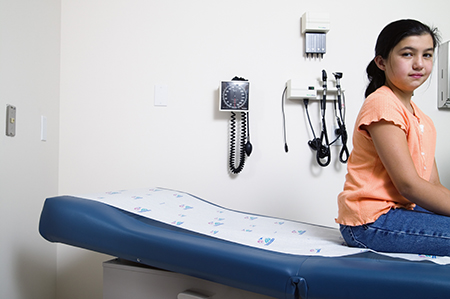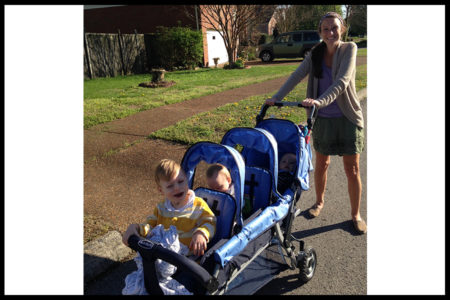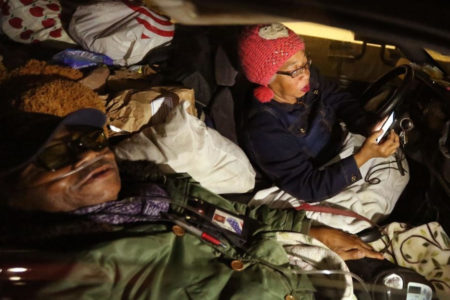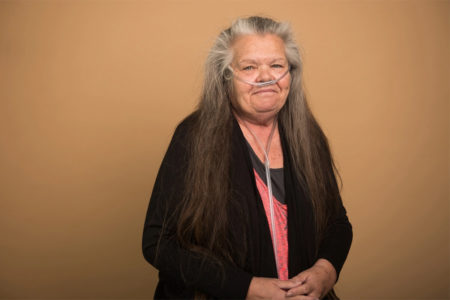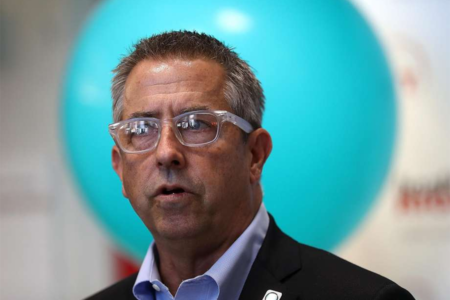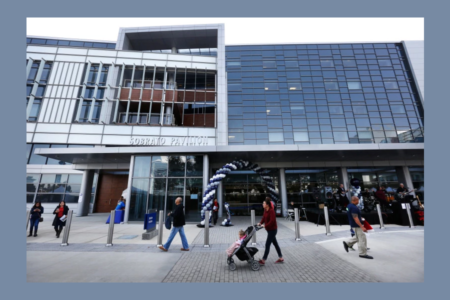Original story by Sammy Caiola in the Sacramento Bee.
Felix Gonzalez was pulling a typical 13-year-old stunt earlier this month when he piled a friend from his Woodland neighborhood onto the back of his bicycle. The boys were gaining speed until their bike tipped over, sending them into a violent skid that sheared the skin from Felix’s right elbow.
What might have been a quick doctor’s visit for other parents turned into a strained discussion for the Gonzalez family. Was the elbow bleeding enough to require stitches? Would it get infected without medical attention? Felix, an undocumented teen, doesn’t have insurance that covers visits to the local emergency room. Parents Gabriela and Victor Gonzalez, Mexican immigrants accustomed to raising four boys on a tight budget, made a run to Walmart for bandages and ointment and hoped the gash would heal on its own.
Starting May 1, Felix and roughly 170,000 other undocumented children in California will have more options during such crises. They’ll gain access to not just emergency coverage but also dental care, checkups, mental health treatment and other vital services following an unprecedented Medi-Cal expansion that provides full coverage to all low-income children in the state, regardless of immigration status.
Home to more immigrants than any other state, California will be the largest in the nation to cover undocumented low-income children, joining Washington, Illinois, New York, Massachusetts and Washington, D.C. The expansion, effective next month, was approved by Gov. Jerry Brown in the October 2015 state budget.
That effort is a major step in meeting the larger challenge of insuring the state’s 2.4 million undocumented immigrants mostly left out of California’s health reform push. With county health departments and now Covered California taking steps to cover the population, local advocates and community clinic counselors are trying to match eligible families with affordable coverage options that will give them access to the same preventive services as their neighbors.
California’s undocumented immigrants are now excluded from purchasing plans under the federal Affordable Care Act and have access only to select Medi-Cal programs for limited populations, such as women with cervical or breast cancer and minors seeking substance-abuse treatment. Those who aren’t insured by employers get their health care through a patchwork of county services, safety-net clinics and emergency department visits. Others choose to go without screenings and shots and allow treatable conditions such as diabetes to become life-threatening.
“There is a sentiment that we need to move toward more and more coverage,” said Sarah de Guia, executive director of the Pan-Ethnic Health Network, an Oakland-based nonprofit group that has been on the front lines of health advocacy for immigrants. “To have people not being able to access health care services as we move toward expansion just doesn’t make sense.”
Gabriela and Victor Gonzalez, both farmworkers, moved to Woodland from Michoacán, Mexico, in 2007 to give Felix, then 5, a better life near more of his extended family. They’ve had three more sons since then – all U.S. citizens on comprehensive Medi-Cal – but their oldest still lacks a Social Security number, making him ineligible for full coverage until now.
Felix does have a Kaiser Permanente plan that only covers him at Kaiser facilities, the nearest of which is in Davis. In May, Gabriela will enroll him in the same, lower-priced plan as his brothers so that she can take them all to a nearby community clinic for routine primary and dental care free of charge.
“For me to get health care is a big step,” Felix said. “Now my mom won’t have to worry about going to Davis. I don’t like it when she’s so stressed.”
The 38-year-old woman has been fatigued and short of breath lately – symptoms the clinic staff worries might signal a heart problem. She’s had to shell out nearly $500 in out-of-pocket medical expenses this month to pay for imaging and consultations not covered by restricted Medi-Cal, the bare-bones plan that is often the only option for California’s undocumented adults.
About a quarter of the 3.8 million Californians under 65 who remain uninsured are not eligible for coverage due to their citizenship status, according to a March 2016 report from the California Health Care Foundation. Immigrants in California make up 6 percent of the population and 10 percent of the workforce, according to the think tank Pew Research Center.
The Medi-Cal expansion for undocumented children is exclusively state-funded and is expected to cost the state Department of Health Care Services about $132 million annually. A 2015 study from the Public Policy Institute of California concluded that about half of the state’s undocumented immigrants have incomes low enough to qualify for Medi-Cal.
With the stalling of recent legislation seeking to expand Medi-Cal to income-eligible adult immigrants, other efforts are in the works to get more people covered. Earlier this month, Covered California announced that it would seek a federal waiver to allow undocumented people of all ages to buy insurance with their own money. Nearly 50 California counties are also offering, or planning to offer, limited coverage to undocumented families. That’s up from just seven at the beginning of 2015, according to a California Healthline report.
However, those options don’t cover preventive care, lab work, dental care or specialty services, said Betzabel Estudillo, health policy coordinator for the California Immigrant Policy Center. Estudillo, now a U.S. citizen living and working in Los Angeles, migrated from Mexico and remained undocumented until 2012. As a child she was enrolled in a county health program, but that ended when she turned 19, she said. She didn’t get covered again until she attended UCLA several years later.
“My whole childhood I had sporadic health care,” she said. “I just remember going to the county hospitals and the county clinics. I thought, ‘That’s what you do. That’s how you go to the doctor.’ ”
Read full story here: www.sacbee.com/news/local/article72944547.html#storylink=cpy
Click here for more information about how to enroll: www.allinforhealth.org/healthforallkids






